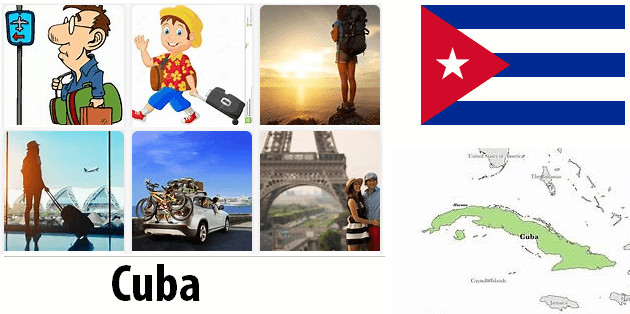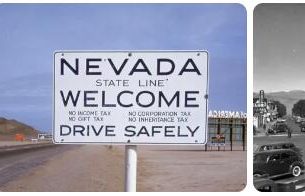According to ehistorylib, in 2005, the population of Cuba was estimated to be around 11.2 million people. The majority of the population was of Cuban descent with a large minority of Afro-Cuban and Chinese peoples. The economy was largely dependent on tourism and services, with sugar, tobacco and seafood being important export products. Foreign relations were generally good due to Cuba’s commitment to socialism and its close ties with countries in Latin America and the Caribbean. Politically, Cuba was a socialist republic with President Fidel Castro at the helm. Castro had been in power since 1959 after leading a revolution that overthrew the previous government. His government focused on improving social services such as healthcare and education as well as strengthening ties with other socialist countries. His policies were generally well received by most Cubans although there were some concerns about human rights abuses committed by security forces during his tenure.
Yearbook 2005
Cuba. The diplomatic sanctions against Cuba introduced by the EU in June 2003, after the arrest of 75 political dissidents, were lifted following pressure from Spain on 31 January for a six-month probationary period. In June 2006, a new decision on this issue will be made. However, the EU continued to insist on the unconditional release of all dissidents, while the Cuban government complained that the EU invited members of the political opposition to its embassies in Havana.
According to countryaah, Havana is the capital and one of the major cities within the country of Cuba. The leader of the opposition group Movimiento Cristiano Liberación (MCL) and initiator of the Varela democratization project, Oswaldo Payá, accused another leading dissident, Martha Beatriz Roque, of splitting the opposition. To everyone’s surprise, Roque was allowed to host a public conference in his home in Havana May 20-21 on the democratization of Cuba, where a specially recorded video message from US President George W. Bush was played, although President Fidel Castro called the roughly 200 participants counter-revolutionaries. In July, 26 people were arrested by the police in a new campaign against political dissidents, mainly among Paya’s supporters.
- Also see abbreviationfinder.org for how the acronym CU stands for the country of Cuba and other meanings of this two-letter abbreviation.
On February 8, a historic decision entered into force in the Havana homeland and one of the world’s leading tobacco-producing countries – smoking bans in public places and means of communication. President Castro joked at an event for child health the same day, saying that the best thing a Cuban can do with a box of carcinogenic cigars is to give them to a nation’s enemy.
Woman Unlocking
FMC was also formed in 1960 and today has over 2 million members, spread across 30,000 local branches. The most important task is to raise the level of education and political awareness of women. FMC also runs kindergartens. The kindergartens are free and are often run in connection with the workplaces. As mentioned, infant mortality has been sharply reduced after the care of mother and child has been drastically improved before, during and after birth. 95% of all births are now in hospitals and maternity leave is 18 weeks. No official family planning is carried out, but contraceptives are widely available.
The literacy campaign in 1961 placed the emphasis on women – especially peasant women – and since then women’s participation in higher education has also increased significantly. About half of the students at Habana University are women today. Also within production, a great deal of emphasis is placed on increasing the participation of women. Military service is voluntary for women. But even though women’s liberation has come a long way, there are still many basic gender discrimination attitudes that will take many years to remove. After all, the Cuban woman has been the victim of the oppression of three cultures: the Spanish, the African and the North American.
Culture Revolution
Although the cultural, especially the literary, activity has strong traditions in Cuba, it has undergone a dramatic expansion after the revolution. At the same time, it has become clearly Marxist and revolutionary, without abandoning the strong folklore tradition, with its peculiar and fascinating blend of Spanish and African culture. Culture is a mass culture – both in form and content. The general impression is that artistic freedom is relatively great, as long as no openly counter-revolutionary statements are forthcoming. All scientific activities are subject to the Academy of Sciences, and the emphasis is on engineering, science and agronomy. Before the revolution, racism was dominant in Cuban society and was especially targeted at mulattoes and blacks. It was so natural, that even Batista who was mulatto not even as a dictator had access to the white clubs. The revolution officially abolished racism and the black population and the mulattos have equal access with other population groups for education, work and social services. But in popular culture, there is still considerable racism. means that, although mixed couples are far more frequent than in the rest of Latin America, they often have to contend with great prejudice in their families and in the surrounding community.




